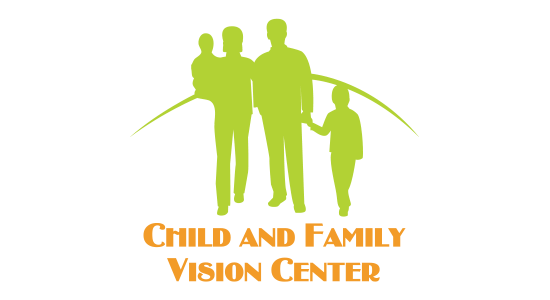
As parents, it's natural to want the best for our children, including their eye health. Myopia, or nearsightedness, is becoming increasingly common among kids.
In this blog, we'll explore myopia management, the factors contributing to myopia progression in children, and the role of digital devices.
We'll also provide valuable tips for parents to help manage their child's myopia. Let's dive in.
What is Myopia Management?
Myopia management is a proactive approach to slowing down the progression of nearsightedness in children. Myopia often begins during childhood, and when left unchecked, it can lead to high levels of nearsightedness and an increased risk of eye diseases in adulthood.
Myopia management strategies primarily include specialty eyewear (orthokeratology or multifocal contact lenses), atropine eye drops, and lifestyle modifications. These approaches aim to control the elongation of the eyeball and reduce the degree of myopia, ultimately protecting your child's vision for the future.
Causes of Myopia and Myopia Progression
Understanding the causes of myopia is crucial for effective management. Genetics play a significant role, so if myopia runs in the family, your child may be at a higher risk. However, environmental factors also contribute to myopia progression.
Researchers have linked spending too much time indoors and insufficient exposure to natural light to higher myopia rates. Additionally, excessive near work, like reading and using digital devices for extended periods, can worsen myopia.
Encouraging outdoor activities and reducing screen time are helpful ways to address these contributing factors.
The Role of Digital Devices
In today's digital age, it's essential to acknowledge the impact of digital devices on myopia. Excessive screen time can lead to eye strain and increase the risk of myopia progression.
To manage this, parents can set reasonable screen time limits, encourage frequent breaks, and ensure proper lighting when children use devices.
Blue light filters on screens can also help reduce eye strain. Many modern smartphones will have display settings related to blue light and screen brightness at night that you might find helpful.
Prioritizing outdoor activities alongside screen time moderation is a balanced approach to safeguard your child's vision.
Tips for Parents
- Regular Eye Exams: Schedule annual eye exams to monitor your child's vision. Early detection of myopia is key to effective management.
- Lifestyle Modifications: Encourage outdoor activities and limit screen time to protect your child's eyes.
- Specialized Eyewear: Consult an eye care professional about options like orthokeratology or multifocal contact lenses for myopia control.
- Atropine Eye Drops: If recommended by your eye doctor, atropine eye drops can help slow myopia progression.
Myopia management in children is a proactive step toward preserving their vision and eye health. Understanding the role of digital devices is helpful for proactive prevention.
These tips are simple yet effective ways to help prevent and limit myopia and its progression. Still, if your child is already nearsighted, they should be supported by interventions your optometrist at Child and Family Vision Center will recommend.
Book an appointment and get ahead of your child's myopia while it is still mild.
